
HMAS Kiama, named for the coastal town of Kiama, New South Wales, was one of 60 Bathurst-class corvettes constructed during World War II, and one of 36 initially manned and commissioned solely by the Royal Australian Navy (RAN).

Cape Foulwind is a headland on the West Coast of the South Island of New Zealand, overlooking the Tasman Sea. It is located 11 kilometres (6.8 mi) west of the town of Westport. There is a lighthouse located on a prominent site on the headland. A walkway beginning at the lighthouse carpark traverses the rocky headland to Tauranga Bay and passes close by a colony of New Zealand fur seals. There is limestone quarry in the area, and a cement works operated nearby from 1958 to 2016.

The 1951 New Zealand waterfront dispute was the largest and most widespread industrial dispute in New Zealand history. During the time, up to twenty thousand workers went on strike in support of waterfront workers protesting against financial hardships and poor working conditions. Thousands more refused to handle "scab" goods. The dispute was sometimes referred to as the waterfront lockout or waterfront strike. It lasted 151 days, from 13 February to 15 July 1951. During the strike, the Watersiders' Union was deregistered and its funds and records were seized, and 26 local watersiders' unions were set up in its place.

The Stillwater Ngākawau Line (SNL), formerly the Stillwater–Westport Line (SWL) and the Ngakawau Branch, is a secondary main line, part of New Zealand's national rail network. It runs between Stillwater and Ngakawau via Westport on the West Coast of the South Island. It was one of the longest construction projects in New Zealand's history, with its first section, at the south end, opened in 1889, and the beginnings of the Ngākawau Branch, at its Westport end, in 1875. The full line was completed in 1942. The only slower railway projects were Palmerston North to Gisborne, 1872 to 1942, and the Main North Line to Picton, 1872 to 1945.
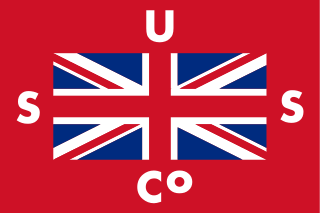
Union Steam Ship Company of New Zealand Limited was once the biggest shipping line in the southern hemisphere and New Zealand's largest private-sector employer. It was incorporated by James Mills in Dunedin in 1875 with the backing of a Scottish shipbuilder, Peter Denny. Bought by shipping giant P&O around the time of World War I it was sold in 1972 to an Australasian consortium and closed at the end of the twentieth century.
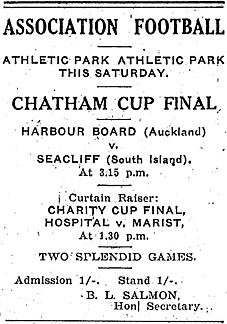
The 1924 Chatham Cup was the second annual nationwide knockout football competition in New Zealand.

Edmund Giblett Allen (1844–1909) was a Liberal Party Member of Parliament in New Zealand.

Robert Gillies was a 19th-century Member of Parliament in Otago, New Zealand. He was born in Rothesay on the Isle of Bute, Scotland.
The Mayor of Invercargill is the head of the municipal government of Invercargill, New Zealand, and leads the Invercargill City Council. The mayor is directly elected using a First Past the Post electoral system every three years. The current mayor is Nobby Clark. Invercargill also has a deputy mayor that is chosen from the council. There have been 44 mayors so far.

Blair Athol (1861–1882) was a British Thoroughbred racehorse and sire. In a career that lasted little more than three months in the summer and autumn of 1864, he ran seven times and won five races including one walk-over. His wins included The Derby and the St Leger. Despite the brevity of his racing career, he was regarded by contemporary experts as one of the best British racehorses of his era and arguably the greatest horse ever trained in the North of England. He went on to become a highly successful stallion, siring the winners of many races.

Caesar Roose (1886–1967) was a New Zealand ship owner and operator, flax and timber miller, businessman, entrepreneur, community leader and philanthropist. He was born in Mercer, Waikato, New Zealand in 1886.
Beatrice Mary Barth was a New Zealand piano teacher. She was born in London, England.

SS Hilonian was a general passenger and cargo steamer, built as the Triumph in 1880 at Middlesbrough for McIntyre & Co, and later fitted with refrigeration equipment and leased to Shaw Savill and the New Zealand Shipping Company. She sank and ran aground many times, the final sinking being by torpedo in 1917.
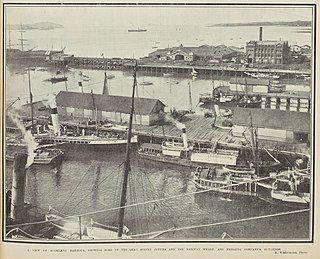
SS Rotomahana was an 1876 harbour steamer and the first iron vessel to be built in Auckland, though launched only 28 minutes ahead of another, though smaller, iron ship. Rotomahana was a name used by at least two other ships of the era, presumably because Rotomahana and its Pink and White Terraces had become better known after the Duke of Edinburgh visited in 1870.

PS Governor Wynyard, was a small steam ship, the first to be built in New Zealand, and was launched in 1851. She was a paddle steamer schooner, built of pohutukawa, with kauri planks. In 1853 she left her Tamaki River service in Auckland and was sold in Melbourne in 1852 during the gold rush, but was soon serving as a ferry in Tasmania, until she had her primitive engines removed in 1858. She sprang a leak and became a beached wreck in 1873.

SS Go Ahead was a twin screw-steamer, launched on the afternoon of Saturday 20 April 1867 by Seath and Connell, of Rutherglen, for the Clyde Shipping Company, with a plan to use her in New Zealand coastal trading. She had 30, or 35 hp (26 kW), high pressure engines, and tubular boilers from Campbell & Son's foundry.

George Holdship (1839–1923) emigrated to Auckland in 1855 and became a businessman, mainly involved in timber logging and sawmills. His companies removed much of North Island’s native forest, initially kauri and later kahikatea. He moved to Sydney in 1913.
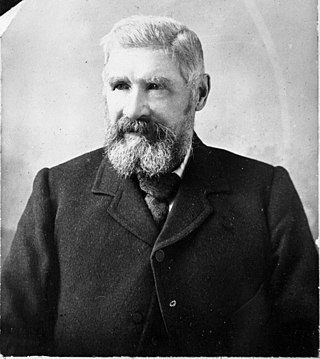
Isaac Coates (1840–1932) was mayor of Hamilton from 1888 to 1892, a farmer, flax-miller, and a drainage and railway contractor.

Holm & Co were ship owners, ship brokers and stevedores based in Wellington, New Zealand. They were agents for Australian and other foreign airways and shipping lines.
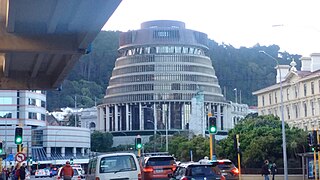
Whitmore Street is at the boundary of the central business district and the government buildings area of Wellington, New Zealand's capital. The street runs almost north-south and is one of those linking Lambton Quay, Wellington's main shopping street, with Stout Street, Featherston Street and the harbourside at Customhouse/ Waterloo Quay. It is in the suburb of Pipitea.



















